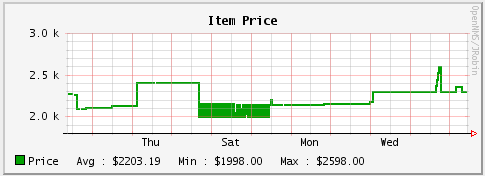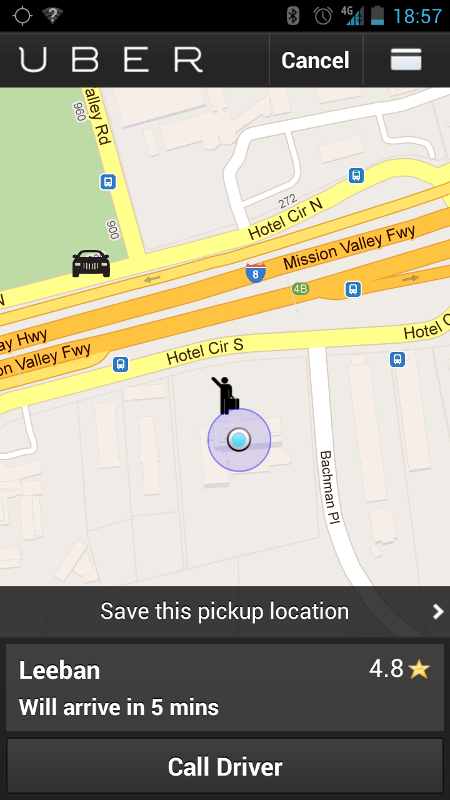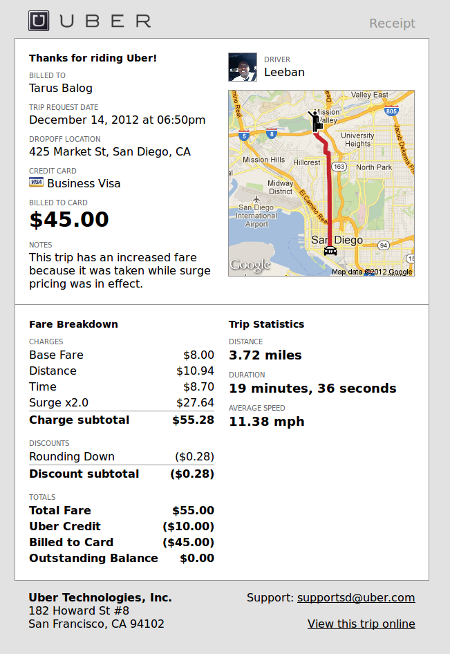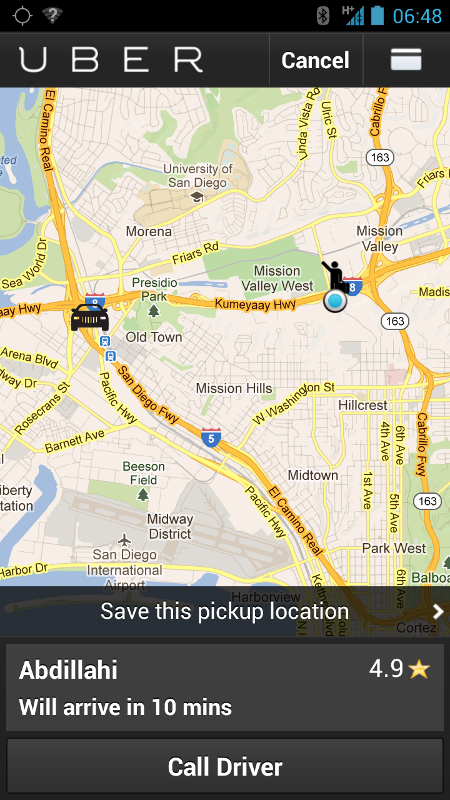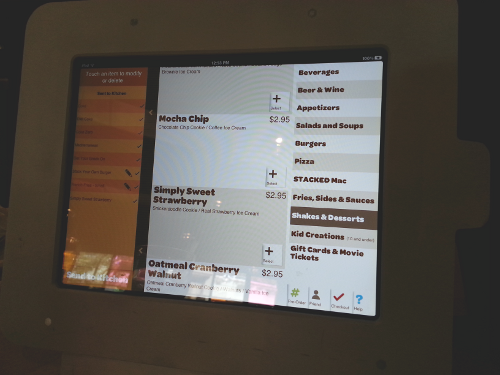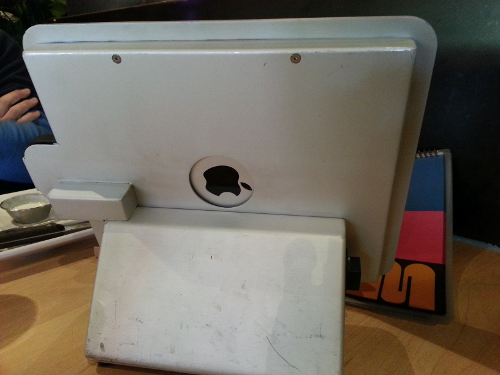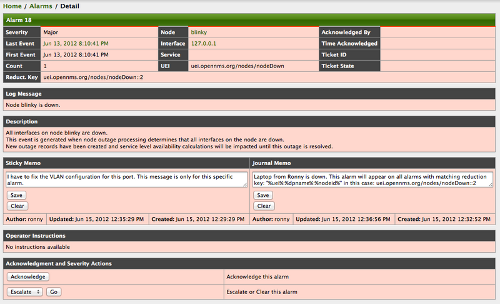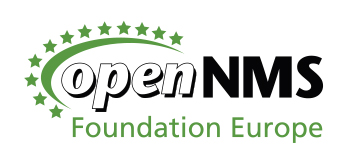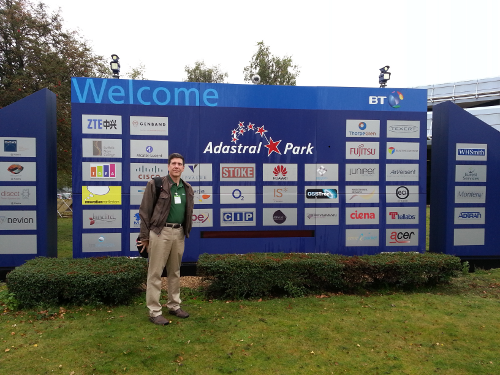I’ve been following the recent kerfuffel between Richard Stallman and Canonical over the new Amazon search feature in 12.10, and while I should probably leave well enough alone, I wanted to add a few things to the discussion.
I do respect Richard Stallman for the work he’s done to promote free software, but I get a little tired of his decision to be the final arbiter on where to draw the line. For example, he does walk the walk and uses a netbook as his primary machine because it has an open BIOS. All well and good. But what about the machines that built that netbook? Was their control code open? What about the website he ordered it from, or the person he talked to to place that order? Did they use free software? What about the logistics company that shipped it to him? Was their software 100% free? The reality is that at the moment there simply isn’t enough free software in the supply/services chain to have a totally free experience, and we can’t get there just by wishing it so. It will have to happen in steps, and those steps will involve the free software community working closely with the closed software community.
Thus going after someone like Canonical and calling what they doing spying actually hurts the promotion of free software. What they are doing is a huge step in the right direction.
Having run a business based on free and open source software for a decade, you can imagine that I am a big fan of it. Last year, for a variety of reasons, I decided to make the jump to using a desktop based on Linux. I tried a number of options, but the one that worked for me, the one that “stuck”, was Ubuntu. Using it just comes naturally, and I’ve been using it for so long now that other desktops seem foreign.
I don’t pretend to speak for Mark Shuttleworth, but one of his goals with Ubuntu seems to be to make a desktop operating system that is stable, attractive and easy to use. I think that with Ubuntu they are close to that goal. It works for me. It also works for enough other people that when Valve started working on a Linux port of their Steam client, they chose Ubuntu. When Dell wanted to ship a laptop with Linux, they shipped it with Ubuntu. (I got one, review coming soon)
The Linux desktop world is so fragmented and represents such a small percentage of potential sales, until Ubuntu came along, there weren’t enough people using the Linux desktop to make it worth writing native clients for Linux. It took people like Canonical and Shuttleworth to make decisions and choices that enabled this to happen.
Now purists will point out that products like Steam aren’t open source. True, but that doesn’t prevent me from wanting to use them alongside all of the other wonderful stuff I now use that *is* open source. In much the same way that Apple switched to Intel to make the transition easier from Windows, Ubuntu is making the transition to an open source desktop easier. And with more developers writing to the Linux desktop, that can only increase the proliferation of software for it.
And despite all of the outcry, Ubuntu is still open source. Should I dislike something or want to change it, I have that ability. But this brings up my biggest frustration with the free and open software community – there are those within it who think it is someone else’s job to implement their desires.
Take this Amazon thing, for example. I don’t like it simply because I don’t want to have to add any latency to my searches in Dash, so I turn it off. If the off button didn’t exist, I would have the ability to check out the code that implements that feature, remove it, recompile it and install it. Heck, with the proliferation of git these days the process is even simpler, as I could track my changes along with master.
Yet that does involve something I like to call “work”. Free software doesn’t mean free solution. It is a two way street. You don’t like something? Change it. Ubuntu itself is based on Debian, and Linux Mint is based on Ubuntu. But someone had to do the work to change Debian into Ubuntu, just like someone had to do the work to make Ubuntu into Linux Mint.
It’s what free software is all about.
So it makes me a little unhappy when Stallman refers to the Amazon lookup feature as “spyware”. It’s loaded language meant to get a reaction from his core followers, in much the same way a liberal politician would approach immigration with “let’s open all borders” and a conservative would say “let’s build a wall and throw ’em over it”. The real solution is somewhere in the middle.
This doesn’t mean that users of free software don’t get any say. Feedback is a vital component of any community. I believe when the Amazon feature was introduced in the beta, there wasn’t a way to turn it off. Feedback from the community got the off button added. When questions were raised about trusting Ubuntu with our search results, Shuttleworth replied “We have root“. Not the most diplomatic response, but he made his point that we already trust Ubuntu when we install their libraries on our machines, and compared to that, search results are a minor thing.
If I were truly paranoid, I’d probably run something like Gentoo where the code is build from source each time. But what’s funny is that if I did switch to Gentoo, it would be because I used Ubuntu as the gateway drug to a free desktop.
My final point is that open source software is the ultimate meritocracy. Those who do the work get the most influence. Shuttleworth spent millions to create Ubuntu, so he gets a lot of say in it. Clement Lefebvre founded Mint, so his opinion matters in that community. I think we owe a huge debt to Richard Stallman for his past efforts, but lately I think he is doing more harm than good. And maybe I’m feeding the troll by even bringing it up.
All I know for certain is that I am using way more free software than I was using a year ago, and that is do in large part to Canonical. It was also a lot of work to make the switch, but I had help from like-minded people on the Internet, and isn’t that what open source is truly all about?
